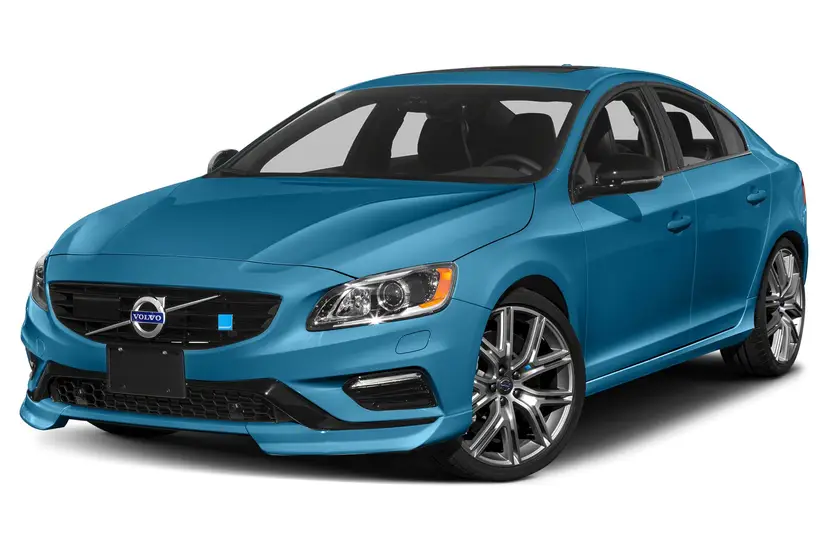
While some automakers employ sophisticated electronics to let their cars park themselves, Volvo offers a different technological tack in allowing the 2010 XC60 to stop by itself just shy of the trunk ahead.
What did you expect from the automaker that has made its name on safety? Making it easier to park is much appreciated and saves lots of time, but preventing a collision saves a lot of time itself, not to mention money. Kudos to Volvo.
It added the magic system called City Safety as standard, because 75 percent of all collisions occur at speeds less than 18 mph, and 50 percent of those are in city traffic. The system can eliminate many accidents if you’re traveling at less than 9 mph or reduce their severity at less than 18.
City Safety does this by using an infrared sensor near the rearview mirror to measure the closing distance between the XC60 and the vehicle ahead. If sensing a collision is imminent, it tightens safety belts and applies the brakes at speed-appropriate force – from full to brute.
Might not make personal-injury lawyers celebrate, but it’s cause for insurance agents to cheer – though it is not a miracle cure.
It won’t activate unless you are going at least 2 mph. At speeds above 18 mph, it doesn’t have the time to do much good. And, though it can spot cars and fixed objects, it can’t pick up a person or an animal. But a pedestrian detection system to react to people in the path will be offered on the crossover in about a year, after bowing on the 2011 S60 sedan this fall.
In our test, we got up to just under 9 mph and headed directly at plastic barriers. While 9 mph isn’t much when the guy ahead of you is doing it, it feels like racing for the checkered flag when the intent is to strike the object ahead.
While we fought the temptation to stand on the brake pedal, the anti-lock brakes applied as advertised, the safety belts tightened and the car stopped.
After a few more low-speed runs, we took it up a notch and again stopped automatically, though abruptly.
Satisfied that the XC, a midsize crossover with sport utility styling, can stop when needed, we decided to find out how it goes.
It stands high for added ground clearance and comes standard with all-wheel-drive and dynamic stability control and traction control to keep you planted on wet, snowy or dry pavement. It’s an all-season, all-reason performer with excellent road manners.
It’s powered by a 3-liter, 281-hp inline 6-cylinder engine that quickly sprints from the light or down the merger ramp. The spirited crossover will surprise those thinking Volvo means conservative in Swedish. But with a 16 mpg city/22 highway rating, the XC hangs out at the fuel pump a lot.
Ride is a tad firm, but not rough; handling is very good. And though you sit high, there’s no top-heaviness in turns or curves, a problem common with big SUVs that XC is meant to replace.
Cabin room is good upfront, but knees are optional in back. Contoured front seat backs would solve that.
Controls are easy to see and use. The leather seats are sufficiently cozy, with non-slip backs and bottoms to keep you planted. Rear-seat occupants will thank you for opting for the climate package, which heats the seats back there as well as in the front.
The cargo hold is generous and has some hiding space under the floor. For even more room, the rear seat backs fold and headrests collapse when you lower them, so they don’t stick up against the front seats. Nice touch.
Noteworthy are the optional ($600) panoramic sunroof with a wide panel that opens over the front seat, fixed glass over the passenger seat, standard Hill Descent control to reduce speed on steep declines and side-curtain air bags.
The 2010 XC60 starts at $37,200. While loaded with all the power goodies, the multimedia package at $2,700 added a navi system with backup camera and the $1,000 climate package added heated seats and rain-sensing wipers to push the sticker to more than $40,000.
Read Jim Mateja Sunday in Rides. Contact him at transportation@tribune.com.








































